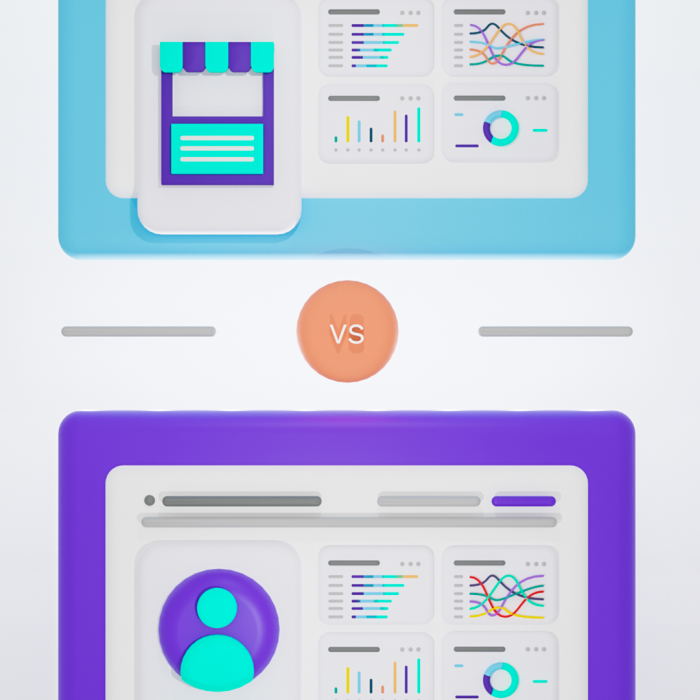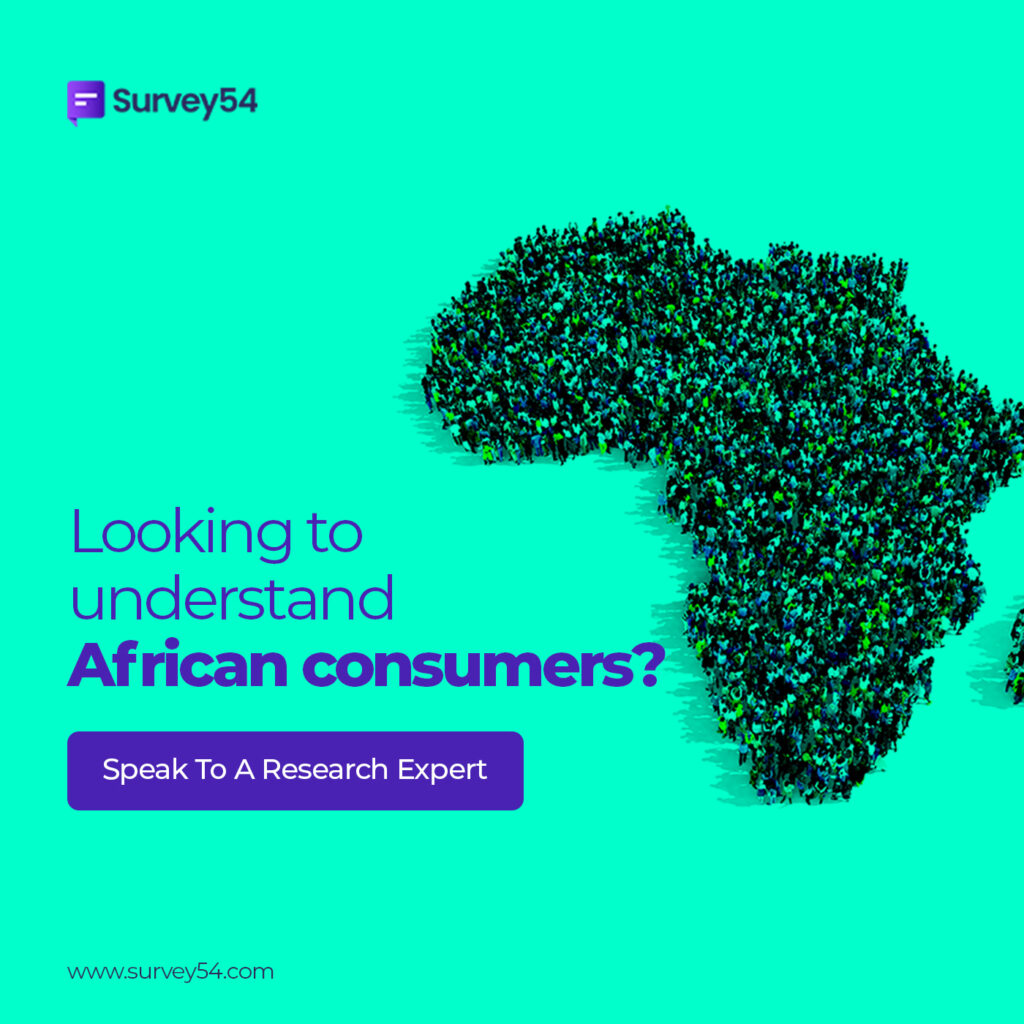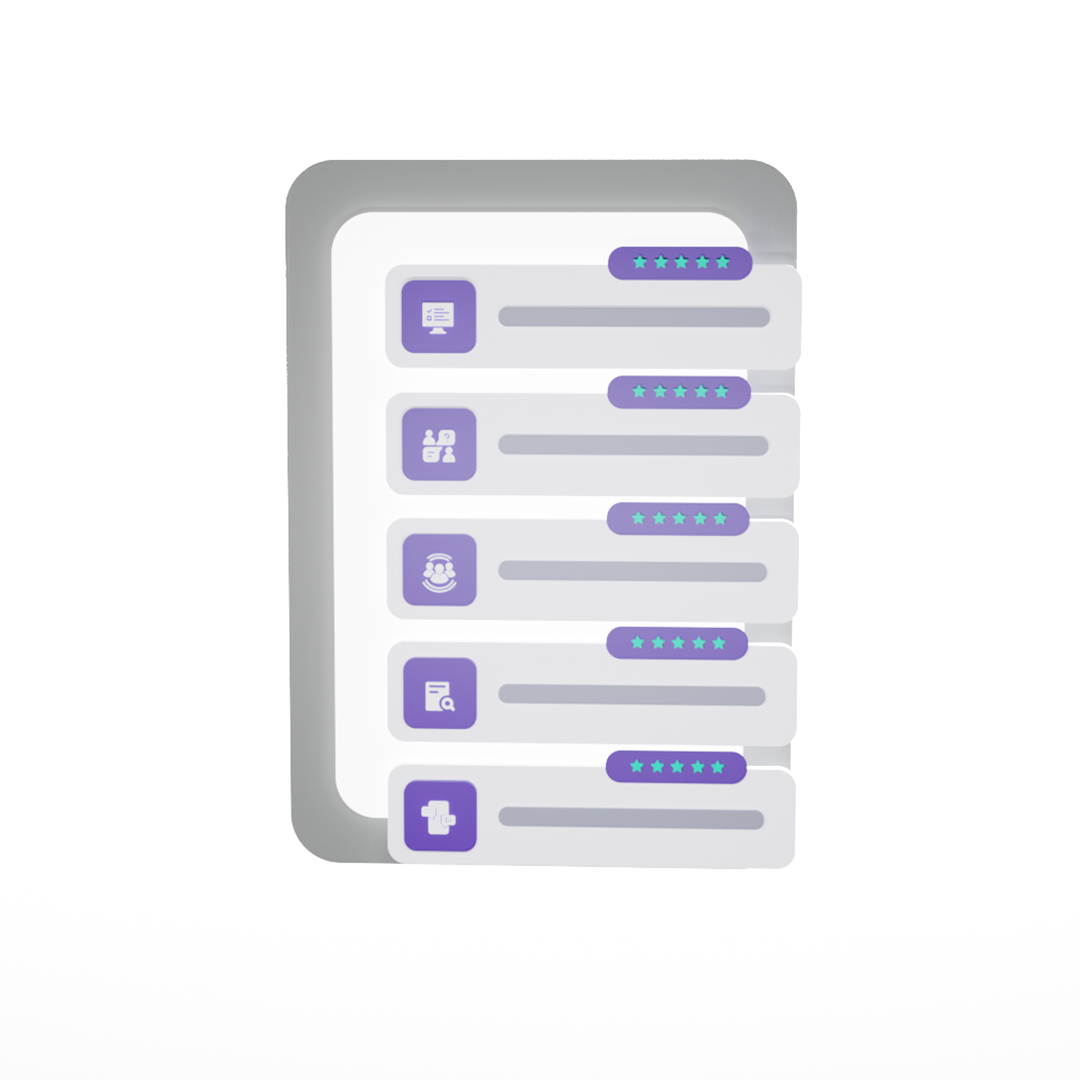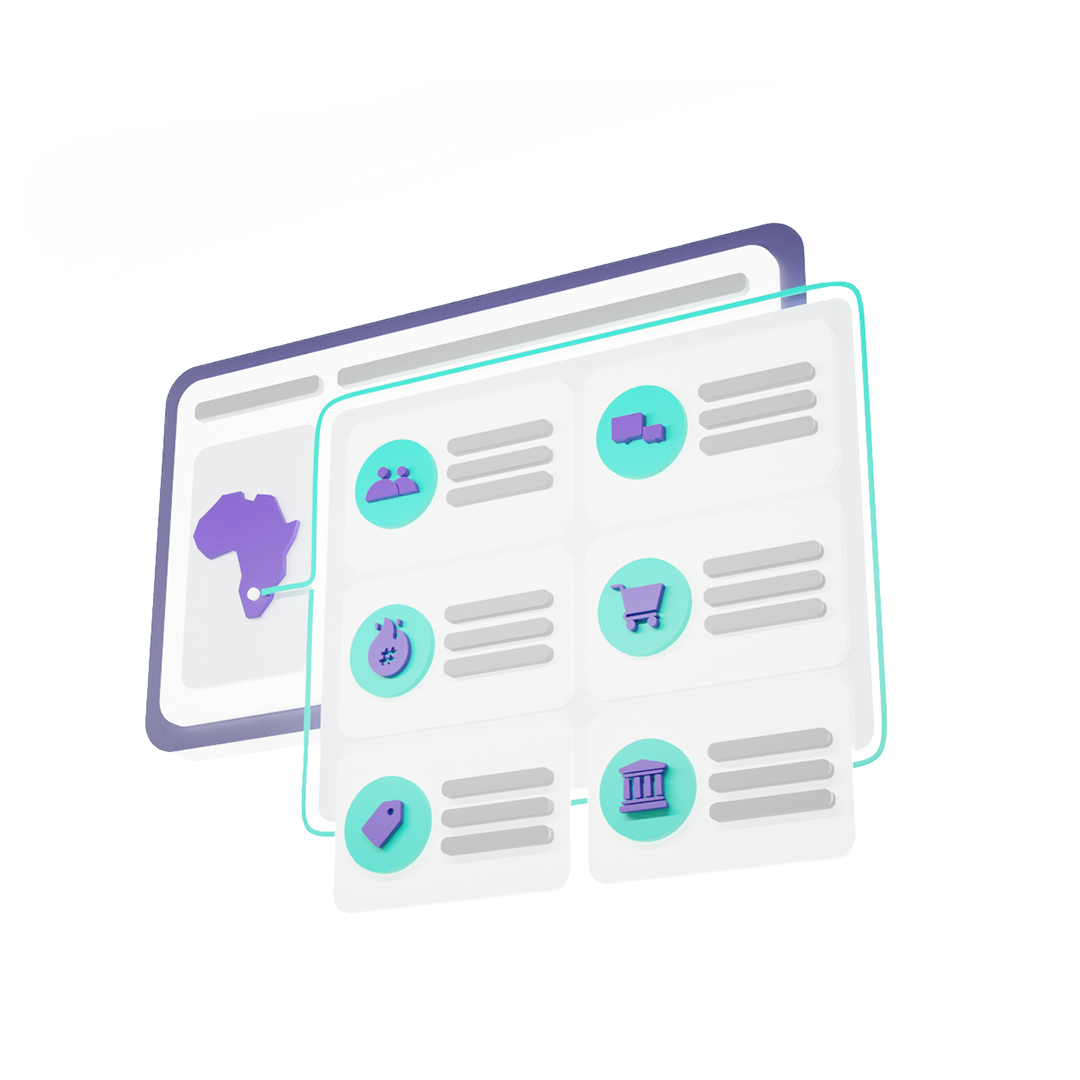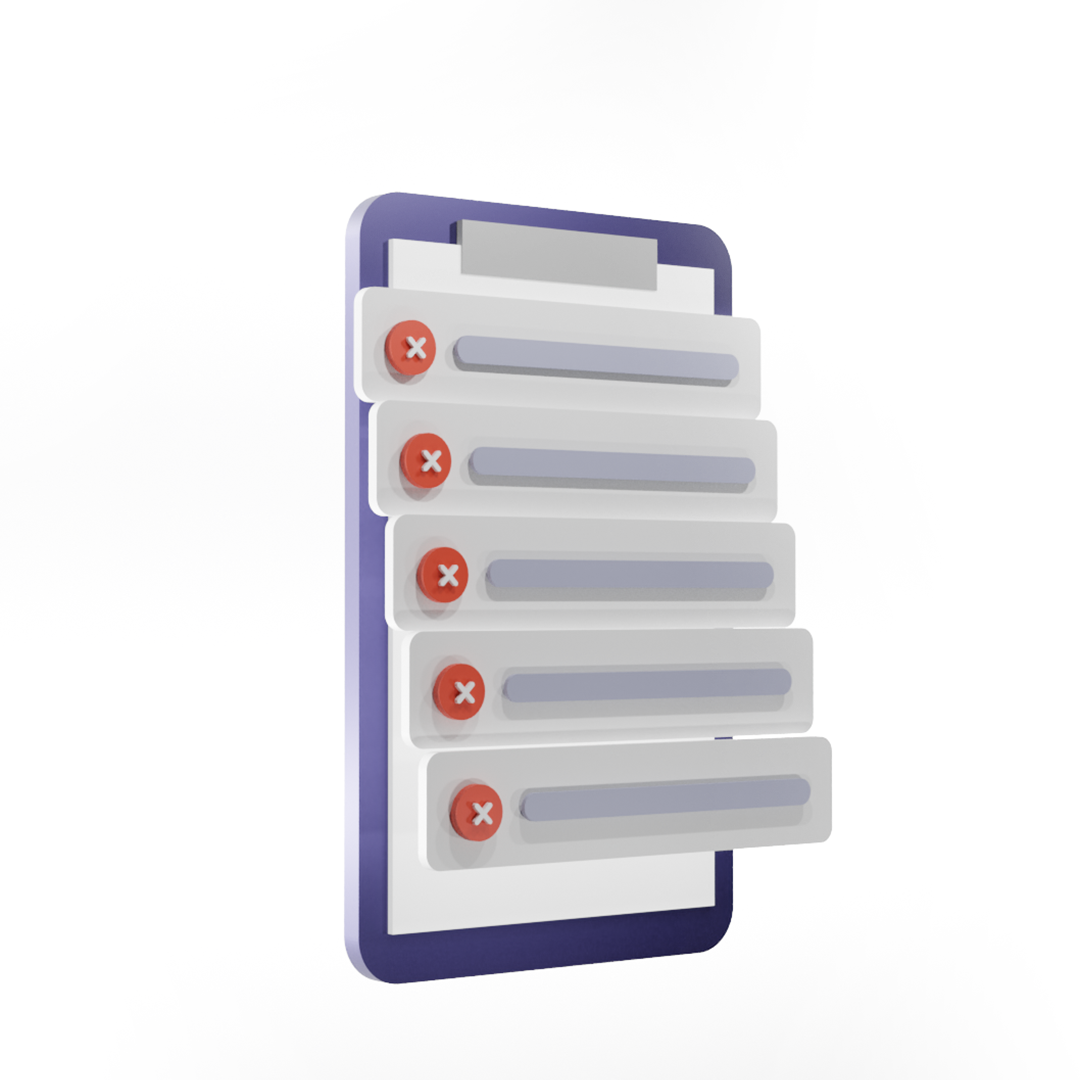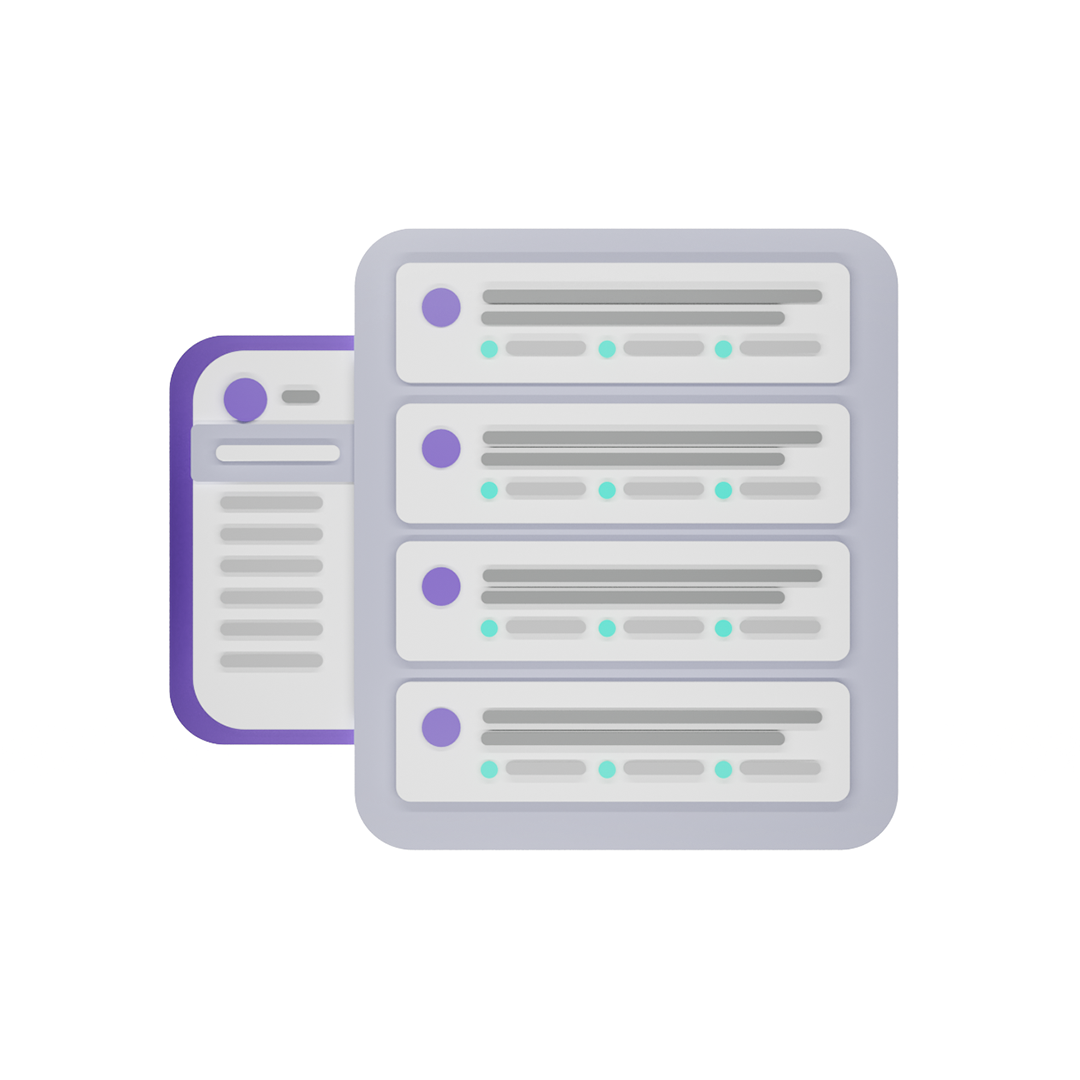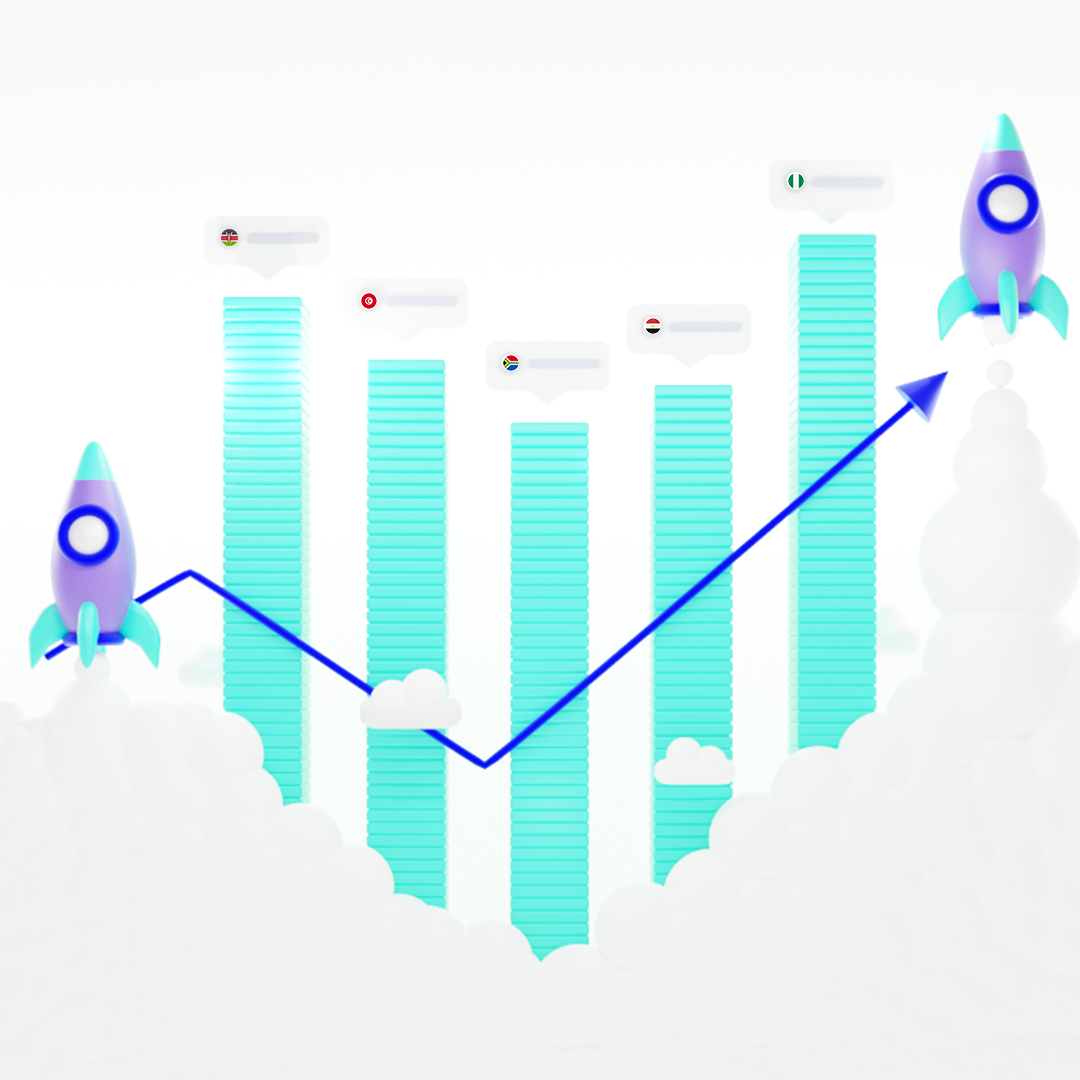Market research and your target audience’s thoughts and feelings about your company can teach you a lot. But what distinguishes market research from consumer insights? More importantly, how will each of these information sources assist you in developing a stronger brand? It, therefore, becomes essential to answer the question- “Market Research vs Consumer Insights: Why You Need Both?”
Market research and consumer insights are frequently used interchangeably by businesses. Both are rich sources of information that can assist you in making better business decisions. The two often overlap in terms of how they can benefit your brand.
The fact remains, however, that each serves a unique purpose. Knowing when to rely on market research and when to rely on consumer insights can help you get the most out of both.
Consumer insights explained
If you’ve ever given a survey to your customers, solicited an online review, or hosted a focus group, you’ve witnessed consumer insights in action. Consumer insights, by definition, are people’s thoughts, opinions, and experiences that businesses interpret to improve their knowledge of how their customers think and feel.
These insights manifest themselves in a variety of ways, including:
- Online feedback
- Customer polls
- Comments on social media
- Discussion threads
- Panels or focus groups
- Consumer research studies
Any medium through which consumers can provide feedback to a brand or company qualifies as a component of the consumer insight process. You can gather consumer insights formally (via a structured, requested feedback collection process) or informally (by scanning your social media profiles for user comments).
The ultimate goal remains to gain access to consumers’ minds and use data to draw specific and actionable conclusions about what to do next.
Market research explained
Market research is the equivalent of consumer insights for an entire industry, region, or population. It is gathering market-related information, typically through direct and specific questions. This information could include, but is not limited to:
- Size of a market addressable
- Market encroachment
- Demand in a particular industry, product, or service
- Demographic information such as age, income level, and education level
- Brand competitors
- Market requirements or gaps
Broad market research data provides an overview of a consumer population. Brands use this data for various purposes, including determining which markets to enter and which products to develop next.
There are numerous opportunities in the African market research sector. For example, the market research industry in South Africa is expected to be worth more than $600 million by 2023. Dedicated market research firms often conduct research and studies on behalf of businesses. Other sources of information, such as news outlets, can provide insights into a specific market.
The relationship between market research and consumer insights
Market research and consumer insights depend on reliable and actionable data to make informed decisions and determine the best way to maximize resources. Both seek to gain access to consumers’ minds in order to understand their behaviors and the reasons for those behaviors. And both can assist you in making sense of your company’s current market position and determining what you need to do next to maintain or scale that position.
While market research and consumer insights serve distinct functions, they do not always exist in silos. In fact, market research projects are frequently supplemented with consumer insights to help contextualize market data.
Cast a wide net with market research
Assume you are about to launch a new line of kitchenware and tools. You are already aware that the market is highly competitive, so you decide to conduct market research and identify the best locations to launch your brand.
At this point, your market research may include evaluating home cooking trends over time, locating trending topics in home nutrition, and identifying potential market competitors (established and up-and-coming). You might also want to look at who is talking about cooking at home (like influencers, celebs, industry leaders, etc.) and what they are saying. Look at which retailers are mentioned the most. Expand your search to include specific kitchen categories. Look at what people are actually purchasing. This research can aid in the development and marketing of your product.
Employ consumer insights to supplement market data
After that, you’d want to supplement your macro-level market research with micro-level consumer insights. This could include, for example, creating buyer personas based on the influencers or interactions you discovered during your market research. Explore their cooking experience and needs, disposable income, quality expectations, and other minor details that may influence your marketing strategy.
You could also delve deeper into discussions about home cooking, meal prep and planning, and even grocery savings. What common threads do you notice? Are more people preparing meals at home? Do they have less time and therefore require tools that make cooking faster, easier, or at the very least easier to clean up? Isolating these conversations allows you to concentrate on specific information. It can help you craft your messaging and decide which products to offer your customers.
Understanding the intricacies affecting your consumer insights can be the most challenging part of this process. Genders, professions, interests, experiences, and consumers’ perceptions of your brand or category form a complex ecosystem. Creating an accurate customer profile that considers all of these factors is a difficult task, but it is one that brands must master.
Market Research vs. Consumer Insights: Why You Need Both?
When brands launch new products, enter new markets, or make decisions that affect their customers, they require both a bird’s eye view and a “street view” of the territory. A high-level view provides general information about a specific challenge and serves as a starting point. However, brands require a detailed perspective to comprehend the complexities of the challenge. These details provide a clearer picture of the “why” behind the “what,” allowing businesses to make more informed decisions.
However, while consumer insights may foster what you find in market research, the results can sometimes represent two switches of the same light. Consumer insights may provide a very different version of the story compared to market data. This is due to the data coming from two distinct sources. Market research focuses on general industry data from news media and other similar sources rather than the consumer’s voice.
Using our kitchen outlet as an example, we might discover from the media that the cost of groceries is rising and that consumers are eating out more. However, consumers may cook just as much and save money by using fewer ingredients. This saves money and simplifies the kitchen. This difference could be substantial, and we may only discover it if we compare consumer insights to market research data.
Investing time in market research and gaining consumer insights can help businesses reduce the amount of guesswork associated with a decision. Spending money developing a product or service your target audience will not buy is a bad idea. Reduce the possibility that a poor product fit will harm your brand’s image and reputation. Most importantly, balance information (market data) with personal feelings (insights) to develop messaging that resonates with your target audience.
Choose AI-powered consumer insights with Survey54
Any type of market research or consumer insights project is a significant undertaking. Market research is often the easier of the two to manage because it asks simple, direct questions and receives simple, direct answers. However, brands cannot say the same for consumer insights.
The emotional component of consumer insights generates various nuances that brands must consider when making decisions based on this data. Words and tones can be interpreted in multiple ways. Brands must consider what customers say and when, where, and why they say it. In consumer insights, context is everything, so more brands are turning to AI-powered consumer insights for greater clarity.
AI-powered consumer insights employ algorithms to sift through digital data in real-time and convert data points into actionable intelligence. Rather than combing through social media conversations, manually tallying keywords and mentions, and attempting to understand the why behind a consumer’s opinion, AI-powered algorithms scan numerous data points to extract impactful insights relevant to your brand. Yes, it saves time, but its scalability and dependability allow brands to move forward confidently.
Survey54 employs artificial intelligence to improve African brands’ social intelligence at the macro-market and micro-consumer levels. Our platform provides real-time customer feedback, allowing you to make significant changes to the customer experience. Track conversations to determine your brand equity at any given time. Segment your audience to support new product ideas. And be the first to spot recent trends in your industry.
Contact us to learn more about how Survey54 combines market research and consumer insights with the power of artificial intelligence.

